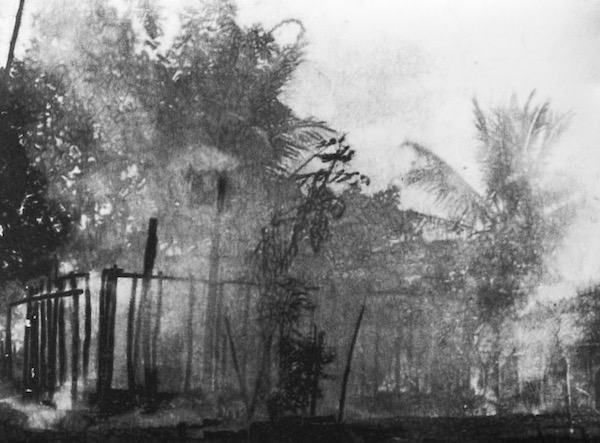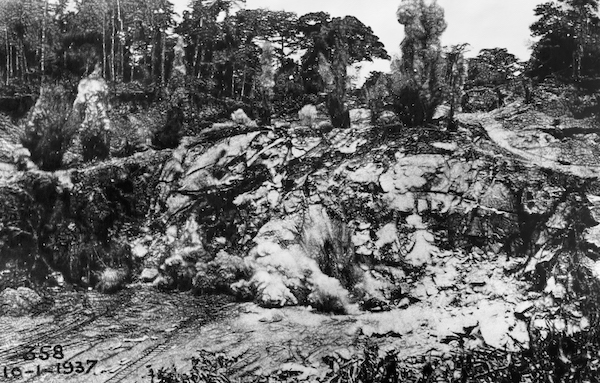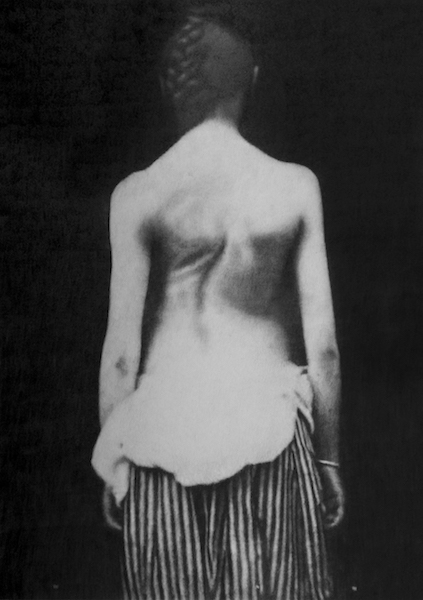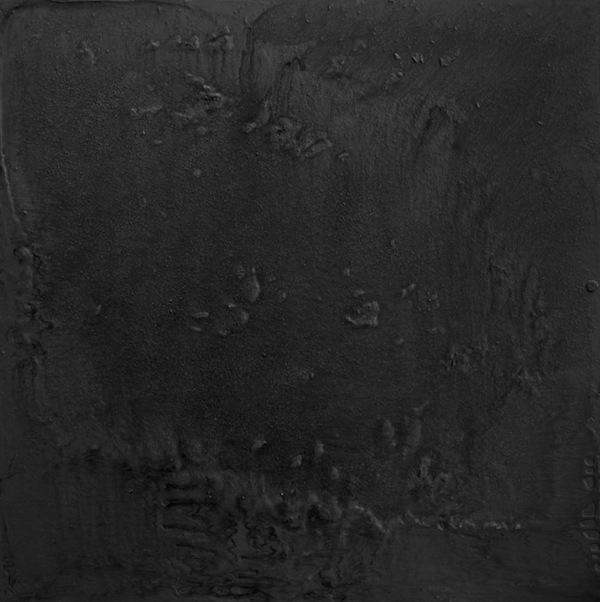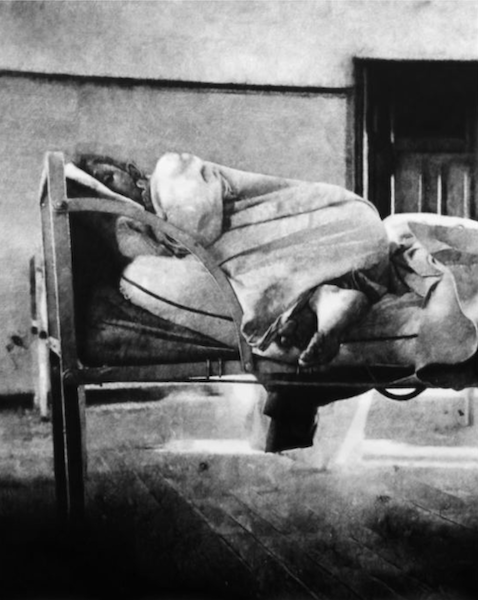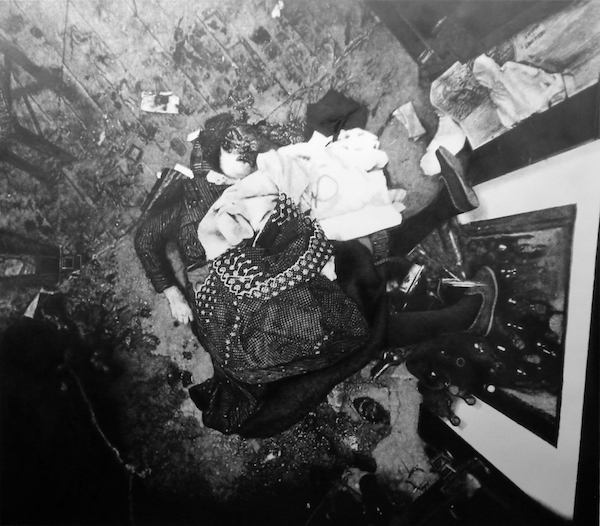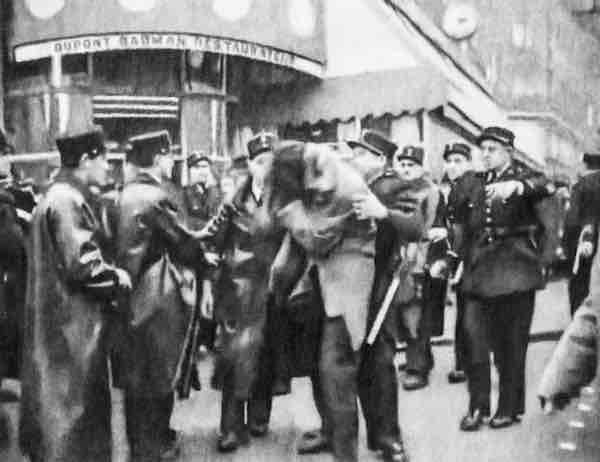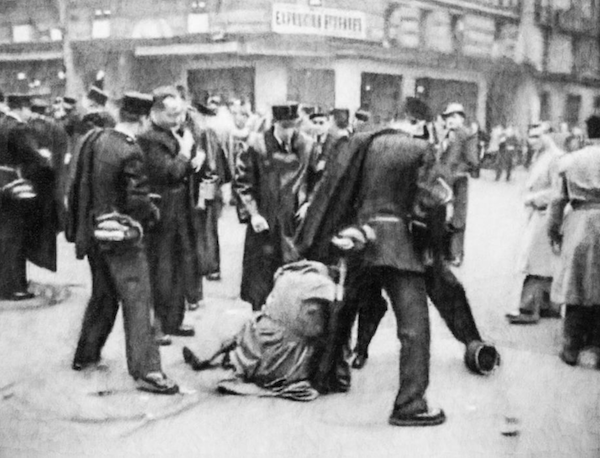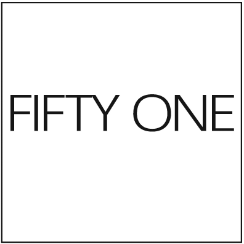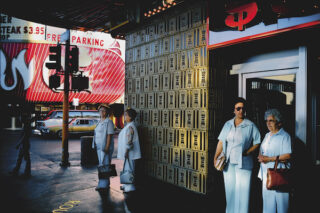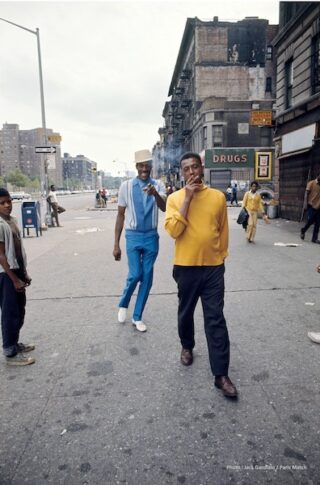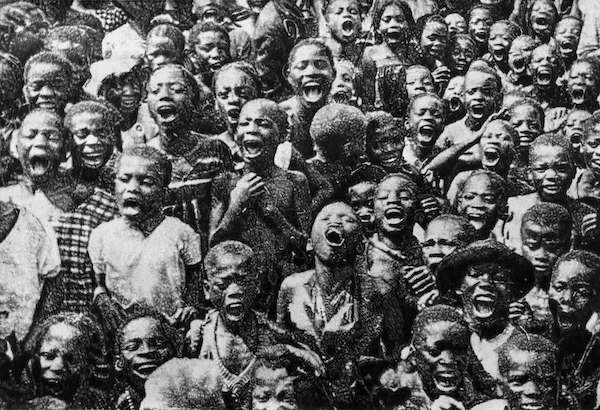
Eric Manigaud
Congo Océan
18/05/2023
15/07/2023
Gallery FIFTY ONE
Opening on Thursday, May 18th 2023 from 2 – 9 pm
In the presence of the artist!
In his third solo exhibition at Gallery FIFTY ONE, French artist Éric Manigaud (°1971) presents the final piece of his intensive research into European colonial history. This show runs simultaneously with an exhibition at Galerie Sator in Paris. Belgian Congo being the subject in Paris and French Congo in Antwerp.
Manigaud is interested in archival sources that often bear witness to violent episodes in Europe’s evolution towards modernity. He appropriates photographic material from the late 19th to early 20th century by projecting it onto a sheet of paper – always much larger than the original scale – tracing the outlines and shades with pencil and graphite powder. This slow and labour-intensive process gives weight to the volatile snapshots he originally started from. The often graphic nature of his photo-realistic drawings, their somewhat blurred, dream-like appearance and their monumental scale, turns his works into a physical and disruptive experience that encourages us to remember painful parts of our history.
France’s colonial history is a subject of great interest to Manigaud (see also his previous solo show at the gallery ‘R.A.S. (rien à signaler)’). The central theme of this new exhibition is one of the blackest episodes of that past; the construction of the Congo-Océan Railway, which runs over a distance of 502 km from Brazzaville (the capital of the Republic of the Congo, former colony of France) to the port city of Pointe-Noire. The line can be regarded as a symbol of the crimes against humanity committed by the colonial system; during the more than ten years that it took to complete – from 1921 to 1934 -, an estimation of 17,000 to 20,000 workers were killed due to poor (forced) working conditions, malnutrition and disease. For Manigaud this infrastructure project is also emblematic of all other forms of exploitation of the colonial system; the association of the two words ‘Congo’ and ‘Océan’ gives the impression that they are synonyms, degrading Congo to merely an extraction area from which commodities leave for transport over sea.
Read the full press release here.
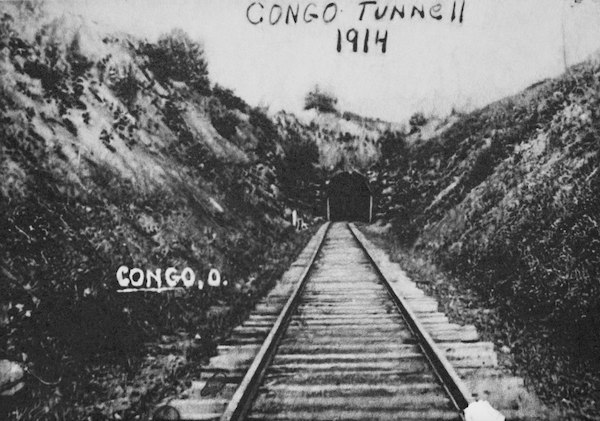
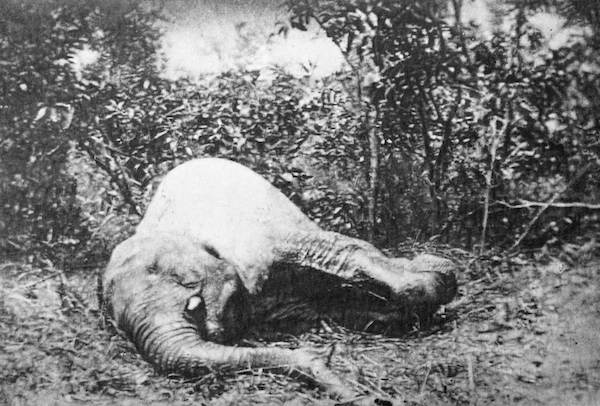
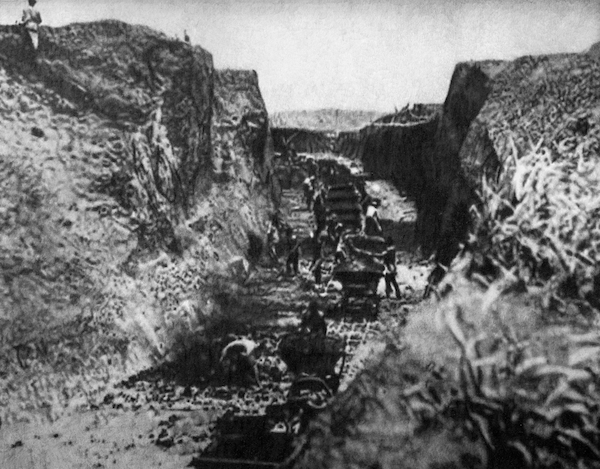
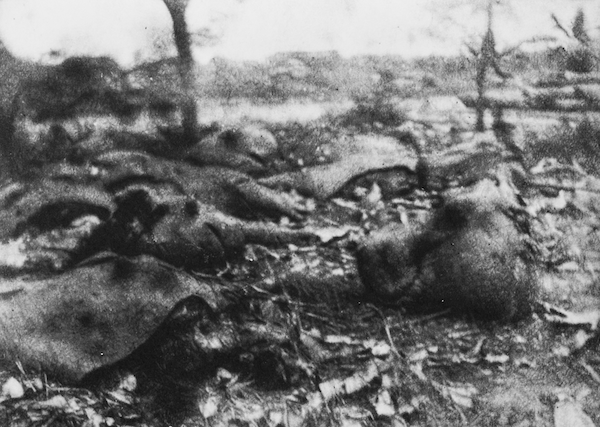
Eric Manigaud
The French artist Éric Manigaud is celebrated for his monumental, photorealistic graphite drawings, that are based on historic photographic archive material. Working in series, he dedicates his work to historical subjects including the facially disfigured soldiers of the First World War, the bombed-out cities of the Second World War, early 20th century crime scenes, and spirit photography from the 1920s and 30s. In his 2018 series he focusses on the Paris massacre of October 17th 1961, during which the French police attacked a peaceful demonstration of the Algerian Front de Libération Nationale (FLN) in a shockingly violent way. Using photographs by Georges Azenstarck, Louis Dalmas, Elie Kagan and Georges Ménager, and a film by Jacques Panijel, Éric Manigaud has worked to show one of the darkest chapters of recent French history.
Manigaud is interested in archival sources that often bear witness to violent episodes in Europe’s evolution towards modernity. He regularly uses photographic sources from the era between 1850 and 1920, when the medium was still considered strictly objective and scientific. His drawings of badly wounded soldiers of the Great War, inhabitants of 19th-century mental institutions and early 20th-century crime scenes remain burned on the retina. By means of the often graphic nature of his drawings, Manigaud urges his audience to remember painful parts of history that some would rather forget.
biography
Born in France in 1971
Lives and works in Saint-Etienne, France
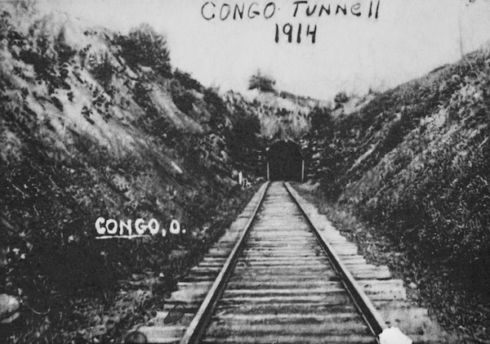

Process
Manigaud’s method is simple but effective: he projects the found images on paper, on a much bigger scale than the original. He traces the projected contours, shades and lights with pencil and graphite powder. It is a slow and labour-intensive process that lends weight to the volatile snapshots Manigaud started from.
The enlargement of these often graphic and shocking images to a monumental scale turns them into a physical and disruptive experience for the viewer. Seen from a distance, Manigaud’s drawings seem photo-realistic, but coming closer, the countless dots and strokes start to blur and deconstruct the spectator’s vision. This ghost-like and elusive quality offers the viewer a way of distancing himself from the hard reality of what is depicted.
